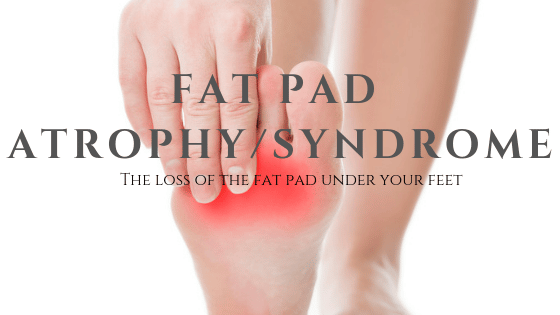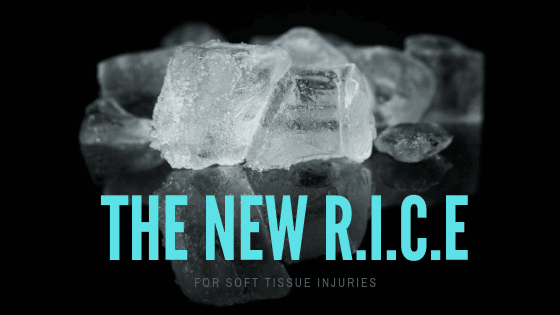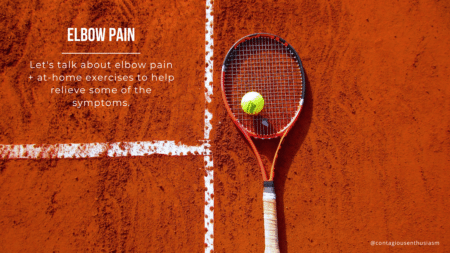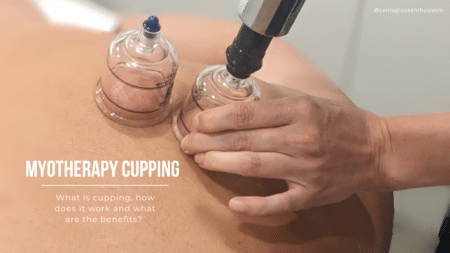Most of us would be familiar with the R.I.C.E. methodology when dealing with injuries; (Rest, Ice, Compression, Elevation). Until recently, that was the best advice clients could receive in treating soft tissue injuries. However, with a growing emphasis in studies around sport and wellbeing, science has evolved. I would like to introduce PEACE and LOVE (1) as your new acronym to treat soft tissue injury!
In treating acute soft tissue injury, it is advised you give yourself a little P.E.A.C.E.
Protection. Depending on the severity of the injury, for the first 1-3 days, you should avoid movements that aggravate the injury or increase the amount of pain experienced as this will inhibit the initial repair process and may lead to further swelling.
Elevation. By elevating the injured structure, you can assist with the movement of lymphatic fluid, a key process of removing waste from the injured area, thus decreasing the pressure caused by swelling.
Avoid anti-inflammatory medications and ice. Seek medical advice first, as in some cases it is necessary to take anti-inflammatory medications. Anti-inflammatory medications restrict the body’s ability to repair and can also lead to soft tissue not repairing properly which can increase the likelihood of reinjuring the area again in the future. Ice whilst is does have a benefit of decreasing pain, can also limit blood flow and the inflammatory response which slows down soft tissue repair and impedes the body’s natural repair process.
Educate yourself on the benefits of an active approach to recovery. By understanding what has happened to your body, what it means in the short term, and how this injury can be overcome, you will be empowered to chase the most optimal and realistic result for yourself. Movement is the key as whilst you need to protect the injured structure, there is plenty that you still can do to improve your mental and physical state.
Once the acute phase has passed its time for a little L.O.V.E
Load. It’s time to get active by loading the injured structure. There is a fine line to loading and overloading. The goal of loading the injured tissue is to gradually restore ranges of motion, to promote positive healing and to resume normal function as quickly as symptoms allow. Start off slow and lightly, gradually building up using your pain as your guide. There is no ‘one size fits all’ recommendation when it comes to rehabilitation. Depending on the degree of injury, professional assistance and advice may be required.
Optimism. Your mental state is reflected in your body and can impact the chemicals that your body is flooded with. Studies show that by using achievable goal setting and seeking help for physical and mental health issues, better outcomes post injury are achieved.
Vascularisation. Get a good cardio session in as the increase in blood flow helps the healing process and the endorphin release helps improve your emotional state.
Exercise. Exercising the injured area in a safe and controlled manner limits the likelihood of injury reoccurrence by strengthening the soft tissue structures that support the area.
1.British Journal of Sports Medicine 2019 Blaise Dubois and Jean-Francois Esculier
2.Pub Med Recovery from Injury in sport 2009 William Kraemer, PhD, CSCS,* Craig Denegar, PhD, PT, ATC, and Shawn Flanagan, BS, CSCS
By Daniel Collins (Myotherapist)







